Basket-of-gold, also known as gold-dust, golden tuft, matwort, or yellow alyssum, is a cheerful perennial prized for its vibrant yellow clusters of blooms. Belonging to the Brassicaceae family, this plant is native to Central Europe and the northern Balkan Peninsula. Its mounding habit and compact growth make it an excellent choice for ground cover, rock gardens, or cascading over flowerbed borders.
This resilient species thrives in average, well-draining soil and requires minimal fertilization. Basket-of-gold is not only drought-tolerant but also deer-resistant, making it a low-maintenance addition to any garden. Its bright flowers attract pollinators, adding life and activity to your outdoor space while requiring little effort to maintain.
| Common name | Basket-of-Gold, Gold-Dust, Golden Tuft, Matwort, Yellow Alyssum |
| Botanical name | Aurinia saxatilis |
| Family | Brassicaceae |
| Species | saxatilis |
| Origin | Central Europe to N. Balkan Peninsula |
| Life cycle | Perennial |
| Plant type | Annual |
| Hardiness zone | 3, 4, 5, 6, 7 |
| Sunlight | Full Sun |
| Maintenance | High |
| Soil condition | Sand |
| Drainage | Well-Drained |
| Spacing | Less than 12 in. |
| Flowering period | Spring |
| Height | 6 in. – 1 ft. |
| Flower color | Gold, Yellow |
| Leaf color | Gray, Silver |
| Leaf benefit | Showy |
| Flower benefit | Showy |
| Garden style | Rock Garden |
| Uses | Naturalized Area |
I. Appearance and Characteristics
Aurinia saxatilis (syns Alyssum saxatile, Alyssum saxatile var. compactum) is an ornamental plant native to Asia and Europe.
Some of the common names reflect its close relationship and resemblance to species of Alyssum. Common names include basket of gold, goldentuft alyssum, golden alyssum, golden alison, gold-dust, golden-tuft alyssum, golden-tuft madwort, rock madwort.
This is a little, rounded, evergreen perennial that can grow from 4 to 12in high, forming a mound up to 16-20in across. The flowers are clear yellow, but the various cultivars produce flowers in white, cream, lemon, peach or gold.
Flowers appear from mid-to late spring, the flowers completely covering the plant and hiding the foliage. The flowers are generally considered not suitable for picking but may be used in nosegays and tussy-mussies.
Since its natural habitat is rocky, mountainous country, it is ideal for a rock garden, for dry, sloping ground, or for edging garden beds, provided the drainage is excellent. It is also ideally suited for troughs and the edges of large pots, perhaps containing a shrub. Although perennial, some gardeners grow is as part of an annual spring display. This plant has gained the Royal Horticultural Society’s Award of Garden Merit. It has also been selected as one of the “RHS Plants for Pollinators” which “provide nectar and pollen for bees and the many other types of pollinating insects.” Following a “rigorous trial and assessment programme” the RHS determined it to be robust, with both colour and form as “stable”. It is largely pest and disease-resistant.
Several cultivars are available: ‘Citrina’, with paler yellow blooms than the ordinary form; ‘Dudley Neville’ with golden yellow or tan-tinged blooms sometimes described as “biscuit”; and ‘Variegata’ with cream-margined leaves.
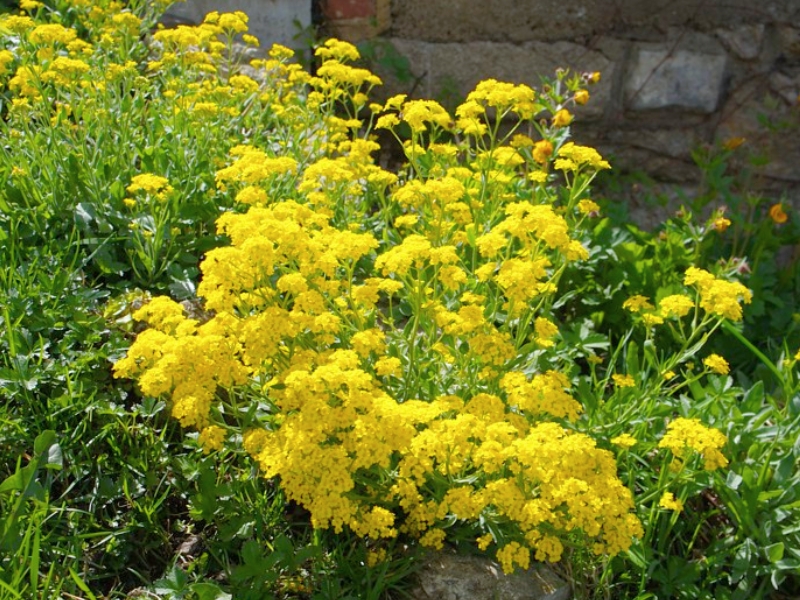
II. How to Grow and Care
Sunlight
Although best flowering occurs in full sun, the foliage of the plant benefits from afternoon shade in hot summer climates.
Temperature and Humidity
The plant will struggle in hot, humid conditions and may die back in the summer. Therefore, it tends not to do well in the South where it is best grown as an annual.
Watering
Originating from rocky slopes, basket of gold thrives in well-drained conditions and exhibits drought resistance, preferring occasional deep watering to frequent light sprinkles. It maintains a balance by storing water efficiently, needing watering every week. As an outdoor plant that flourishes in sunny locations, basket of gold benefits from the increased evaporation rates of containers which complement its low water requirements.
Soil
Excellent drainage is key for the plant, soggy soil encourages root rot. Basket-of-soil grow in average to sandy, and even in dry soil with a pH anywhere between 5.0 and 8.0.
Fertilizing
For a basket of gold, apply balanced nutrition fertilizer early spring, pre-flowering, to boost growth and blooms. Fertilize again post-flowering, limiting to twice a year. Use sparingly; over-fertilization can harm baskets of gold. Adjust frequency and quantity to seasonal growth; less in dormant winter. Ensure even distribution, avoiding direct contact with foliage. Perfect for novices and experts seeking vibrant baskets of gold displays.
Planting Instructions
Basket-of-gold should be planted in a spot with full sun unless your summers are extremely hot. In that case, give it a location with afternoon shade. The soil needs to be well-drained; it can even be dry. Basket-of-gold does not have any particular soil pH requirements.
The plant is most commonly sold at nurseries in the spring. Plant it when there is no longer any danger of frost. In general, potted specimens require a planting hole roughly twice the size of their root ball, planted at the same depth as it is in the pot, a deep watering at planting time, and regular watering intervals as the roots take hold.
Space the plants 12 to 18 inches apart. At first, it might look a bit bare, but the plants will fill the space within the season.
Pruning
After it has finished blooming in the summer, trim basket-of-gold by about half, which will help maintain a pleasant form and prevent it from aggressively self-seeding. During the season, remove any faded foliage for a neater appearance.
Allow the evergreen foliage to remain on the plant over the winter and only cut it back in the spring to make room for the new growth.
Propagation
Starting from seed is the best way to propagate basket-of-gold because established plants do not like to be disturbed.
To get a head start on the growing season, start the seeds indoors about eight weeks before your average last frost date. Sow seeds in flats or small pots filled with sterile damp potting mix. Press the seeds into the soil but do not cover them, as they need light to germinate. Keep them moist at a temperature of around 65 degrees F. The seeds germinate in 7 to 14 days. Place the seedlings under grow lights to prevent them from getting leggy. Harden off the seedlings before transplanting them in the garden after there is no more danger of frost.
Potting and Repotting
Basket-of-gold grows well in pots. Choose a pot with large drainage holes and fill it with a well-draining potting mix. You can either plant basket-of-gold on its own or in a larger mixed planter as a filler. Keep in mind that potted plants need more frequent watering and fertilization than inground plants.
While the plant is hardy down to zone 3 when planted in the landscape, potted plants need winter protection, as their roots are inadequately insulated against the cold. You can either bury the container in the ground in the fall, place it in a larger container filled with mulch, or wrap the container with burlap or bubble wrap.
As basket-of-gold is usually grown as an annual or short-lived perennial, repotting won’t be necessary.
Pests and Diseases
The plant is not affected by any major pests and diseases though it does attract aphids. It is deer-resistant.
III. Uses and Benefits
The vibrant yellow blooms are the main attraction of the basket of gold. These ornamental blooms last through the spring and summer, but the evergreen foliage persists through all the seasons. This lovely plant has clumping tendencies and low-maintenance characteristics that make it perfect as a border or ground cover plant in cottage or rock gardens.
Find Where to Buy the Best Basket of Gold (Aurinia saxatilis)



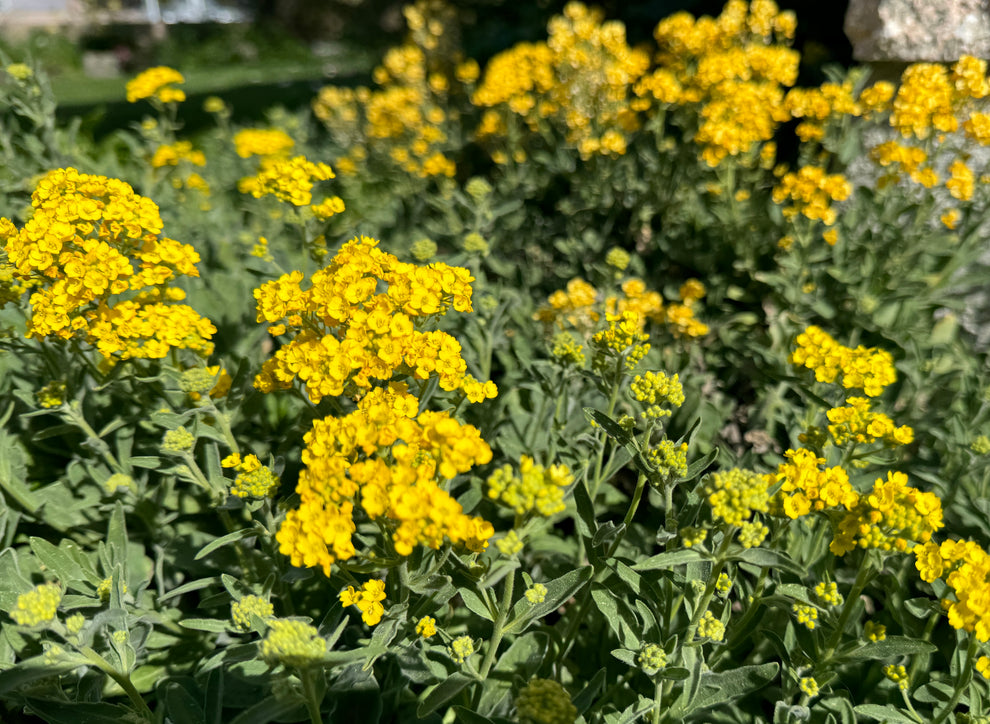

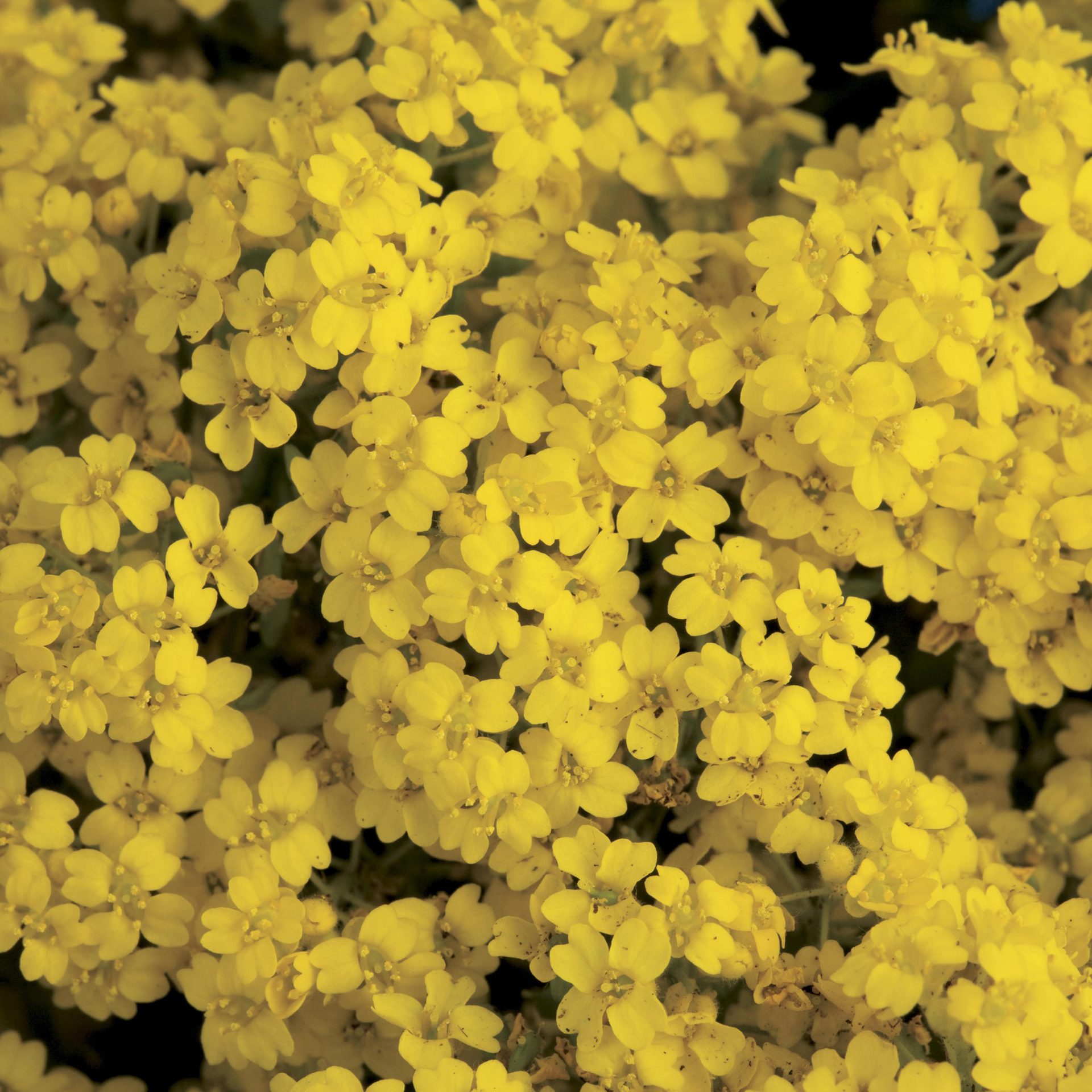


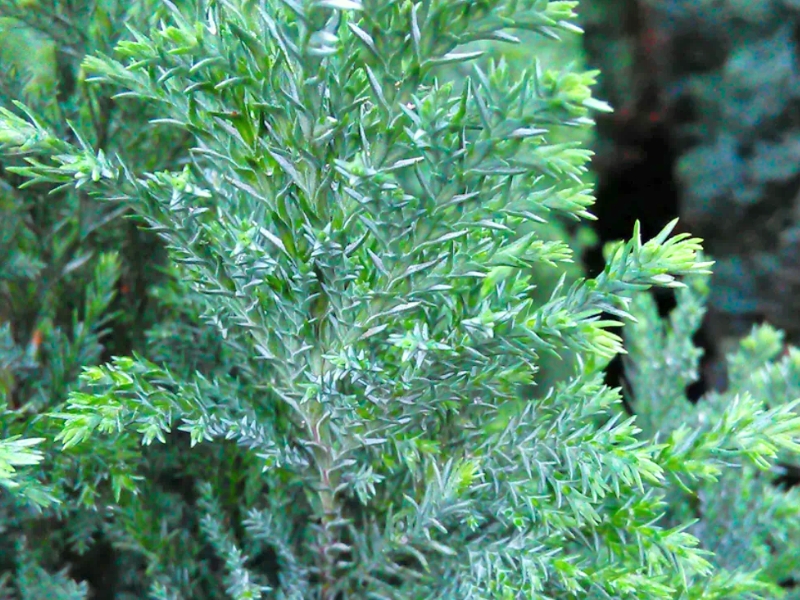
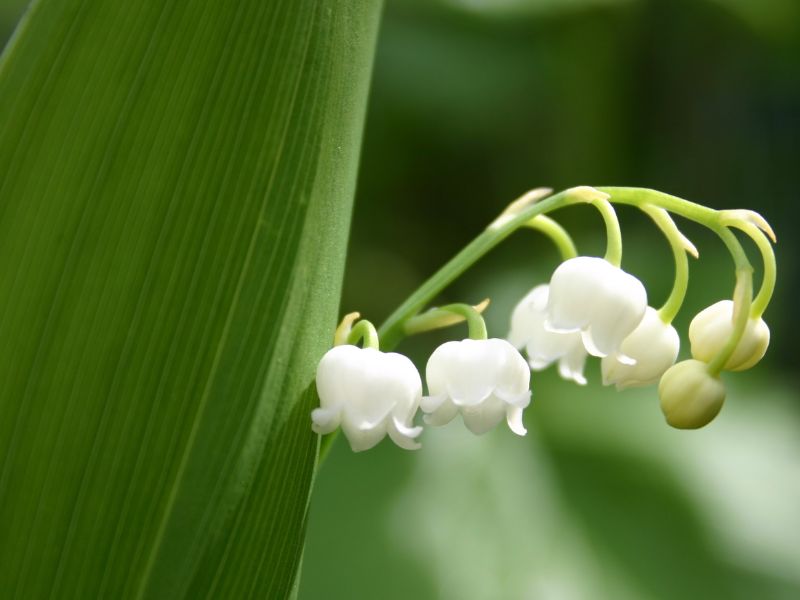
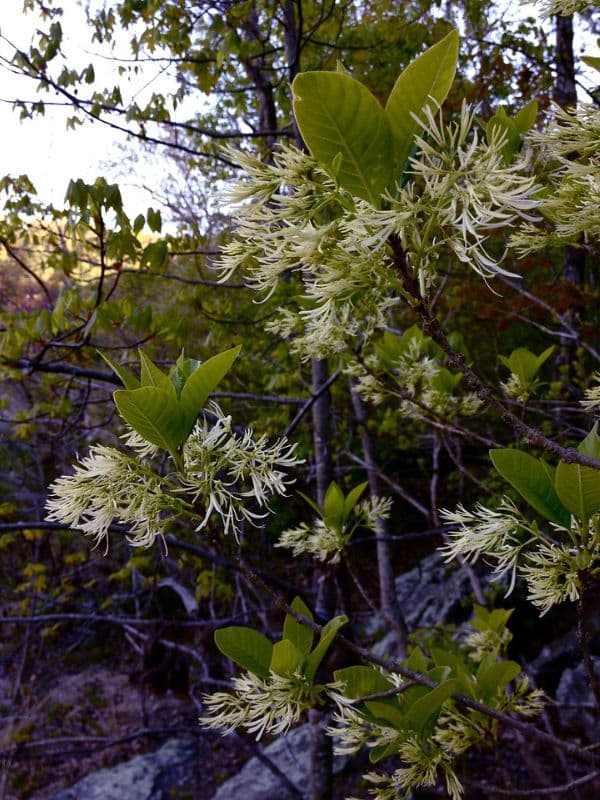
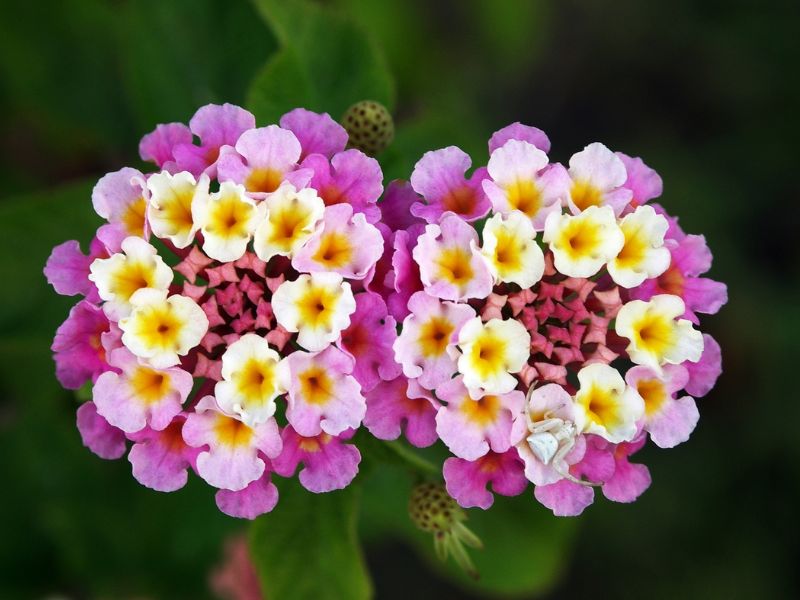
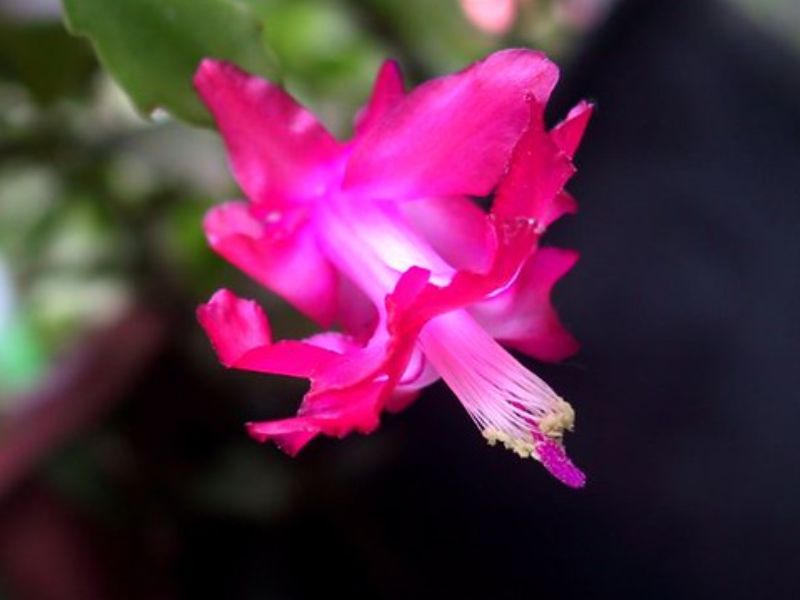
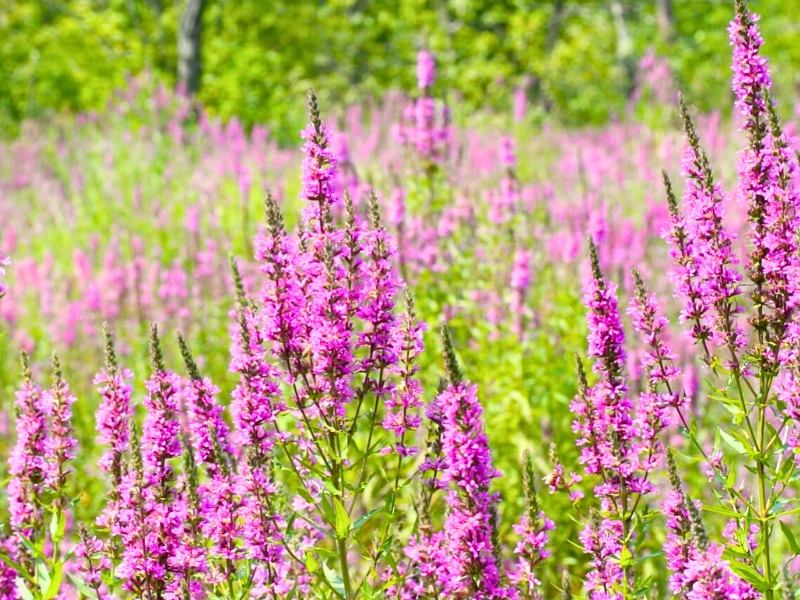
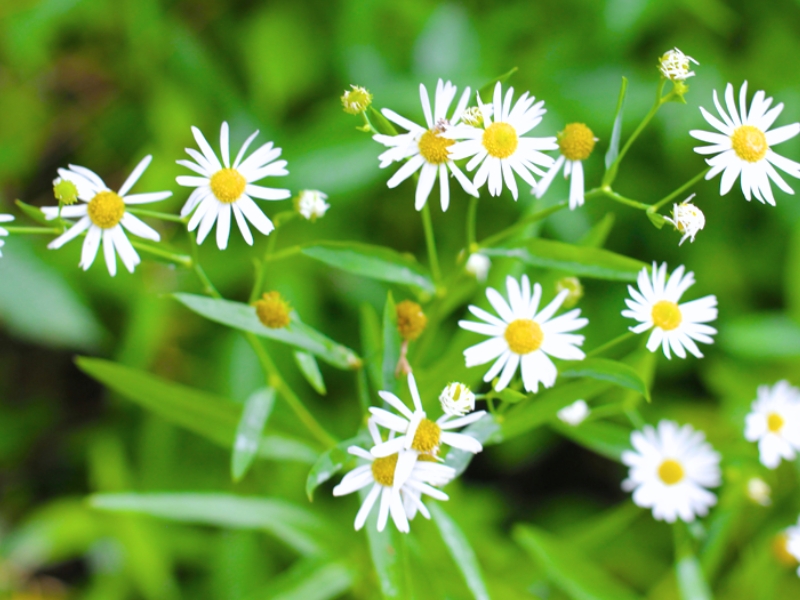
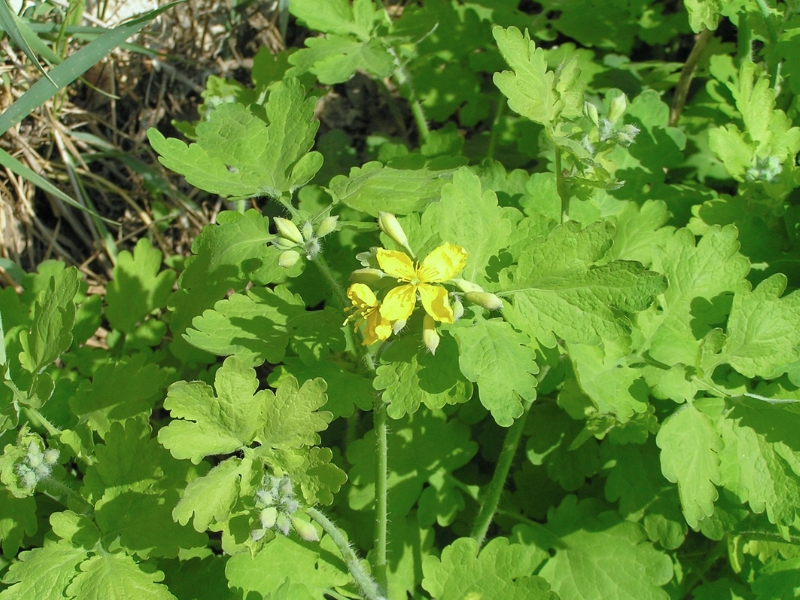
Leave a Reply